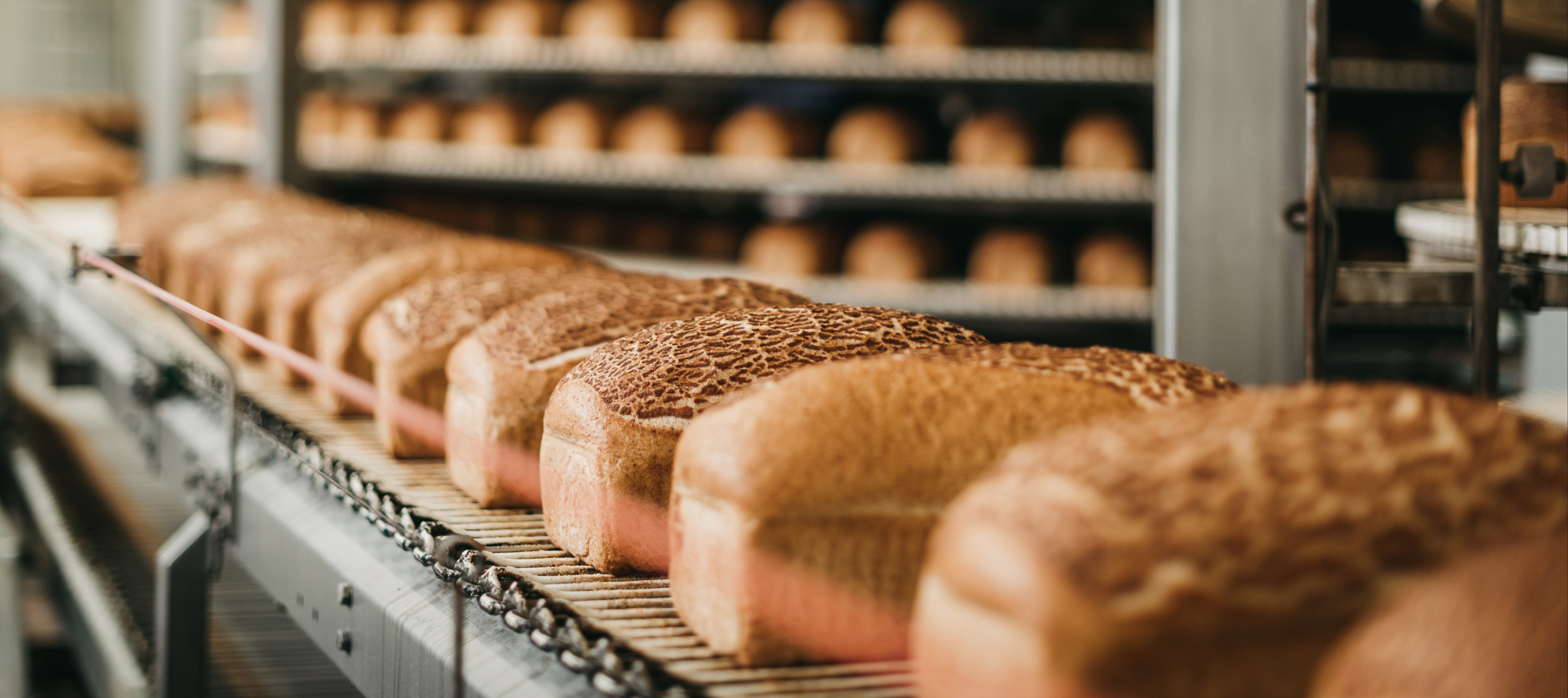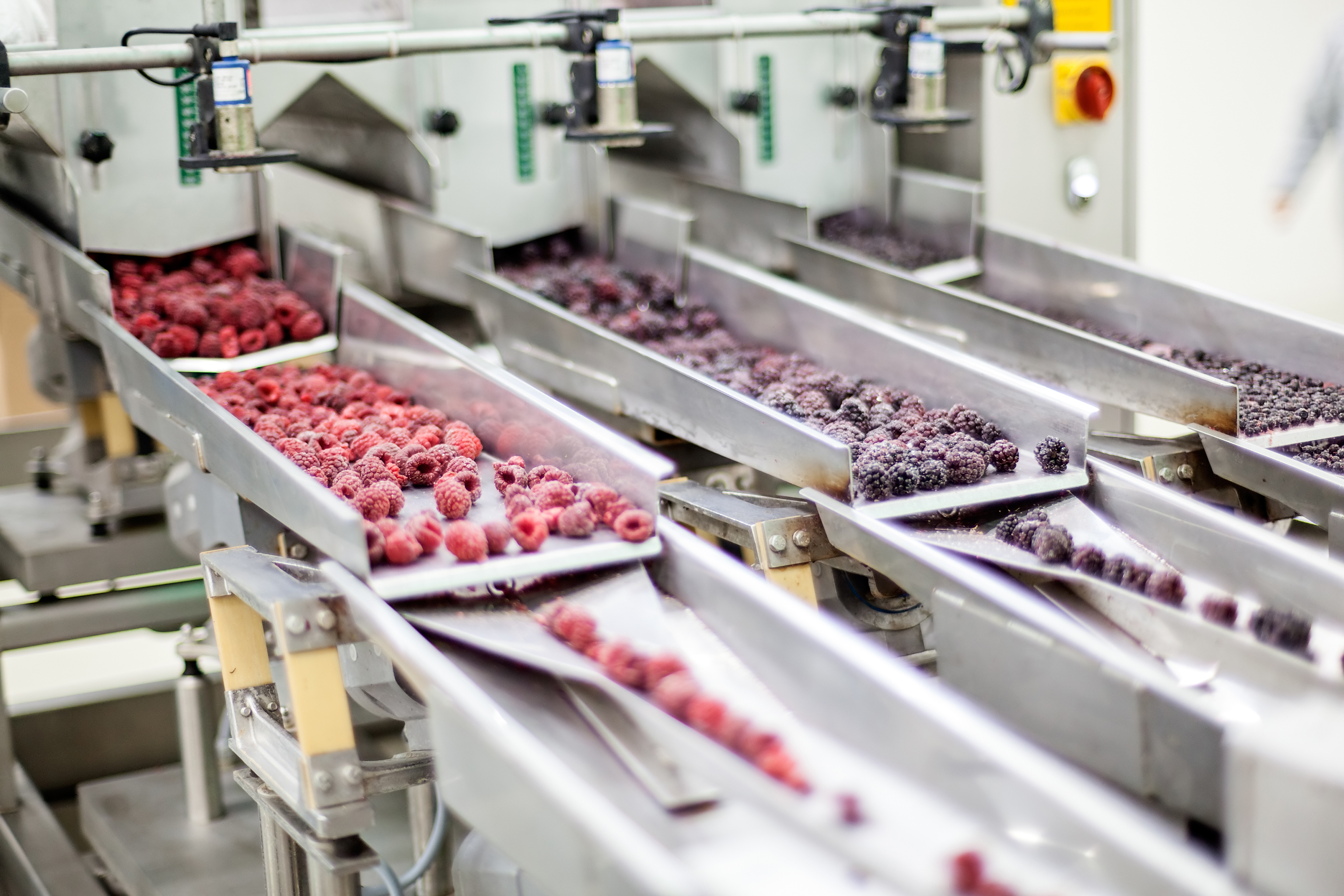“I’m uncertain how we will survive the next 12 to 18 months without further Government intervention.”
“I’ve got a number of material supply chains into our business that are fragile and I don’t know which one’s going to break next.”
“Our world is vastly more complex than it’s ever been, and it’s costing more and more money to stand still.”
The comments from c-suite and director-level executives interviewed by IGD for our profitability study paint a consistent – and sobering – picture.
The combined effects of Brexit, Covid, the Ukraine war and soaring inflation have left supply chains under unprecedented strain. Relationships between retailers and suppliers are particularly challenged. Margins are being squeezed like never before.
With supply chains stretched to breaking point, our research found there is little headspace for long-term strategic thinking. What’s more, the sheer number of strategic options is slowing down decision-making. Leaders are hungry for change but report feeling ‘stuck’, unable to commit to a course of action with confidence. Others say they are finding their usual playbook for improving profitability has simply run out of road.
Yet despite the scale of these challenges, our study also found reason for optimism.
FMCG leaders know the current situation is unsustainable, and they are increasingly willing to take drastic action. We were struck by the urgency and strength of conviction with which many articulated the need to fundamentally rethink supply chains and prioritise value creation.
We see in this a clear mandate for change that has the potential to put the industry on a more profitable footing for the long term, and we believe supply chain teams will be right at the heart of this transformation.
Crucially, we are confident they can rise to the challenge.
While no silver bullet will solve the industry’s profitability problems, a lot can be done. It may feel as if all options have been exhausted, but in reality we find manufacturers have plenty of levers left to try. A fresh pair of eyes – combined with rigorous bottom-up analysis and a focus on driving continuous improvement – can often help find hidden pockets of profitability against the odds.

The road to profitability
It all starts with getting a true understanding of your costs.
Our research with IGD confirms manufacturers are making drastic cuts to ranges to preserve margin. Our experience as consultants tells us far too many will be making those decisions with inaccurate or incomplete information on their cost of goods.
Even where accurate costings do exist, they will rarely be shared across functions. The numbers used by the operations team will be different to those used by the commercial team and will be different again to those used by the procurement team.
This is risky at the best of times, but right now it’s a recipe for disaster. We have seen examples where manufacturers were celebrating the launch of a new product, not realising it was less profitable for both them and the retailer compared to the SKU it replaced. In other cases, similar issues ultimately led to the collapse of the business.
If commercial teams have to make calls on ranging, pricing and promotions with sub-standard information, they have at least one hand tied behind their backs. Quite possibly, they’re blindfolded too. And good luck trying to push through price increases if you can’t provide retailers with detailed – and accurate – cost breakdowns.
Another of our core principles is to measure everything back from perfect.
Just because your chicken always has a yield of 85% doesn’t mean that’s the best you should aim for. Have you exhausted all avenues, including changes to the cooking profile and humidity? Have you looked at starches or other additives, slice yield and recipe QUID?
Similarly, when looking across the rest of the operation, have you reviewed line efficiency, vehicle fill, category growth etc? To find those hidden pockets of profitability, strip everything back to perfect and go from there.
This means questioning everything. ‘We’ve always done it this way’ is usually a good sign you’re sitting on untapped margin potential.
When applying this ethos to one of our global food clients, we recently managed to identify £2m in savings simply by unpicking some historic changes that had been made to the cooking method for a single ingredient. However, it is not just about cost savings as every change has to be right for the end consumer. In this case we saw the results from the taste panels confirm that consumers favoured the new formulation.
In all this, it’s essential to start with the reality of the shopfloor.
Top-down analysis and benchmarking exercises have their place, but they’re not robust enough on their own. It’s why our teams will spend hundreds of hours on the shopfloor, observing how work actually gets done, to inform our cost analysis and recommendations.
The shopfloor is also critical to profitability in other ways.
Shopfloor teams have had an incredibly tough few years. They want to know when they’ve had a good day. That’s why a lot of our programmes give the shopfloor visibility of how they’re performing so they can go home with a smile on their face when they’ve beaten their targets or broken a record.
For example, we tweaked the operational KPIs of a fresh produce supplier to account for input quality of the raw material. Doing so allowed the operations team to gauge if they had performed well not just in absolute terms, but also how well they performed given the product they’d received. This small change completely changed the morale of the team, as they felt the measures now really reflected how they were performing, and helped unlock significant savings.
"
Finally, our mantra is to keep going until the number appears in the P&L and not be wholly reliant on leading indicators.
"
Take a hard look at culture
We see it time and again. Senior management will tell us they’re laser-focused on profitability, but the measures and targets used across the organisation pull teams in completely different directions.
Realigning the culture and KPIs is often fiddly work (which is why few organisations attempt it) but it can be done.
Our team recently worked with a top grocery retailer to see how their supply chain and trading teams could better work together and improve performance. Aligning KPIs and incentives – along with practical changes, such as co-locating teams and collaboratively designing a new, joint way of working – completely transformed the culture and performance of both teams, delivering higher availability and £1m in gross waste reduction each week.
It’s equally important to create a psychologically safe environment for embracing change.
Defensiveness is a common problem. We often hear: ‘If there were £5m to be saved here, I’d have found it already.’
Such feelings are completely normal – nobody enjoys having their homework marked – but can be overcome through proper expectation management. Teams need to know they won’t be judged – by us or colleagues – if significant cost-saving opportunities are identified.
Finally, our mantra is to keep going until the number appears in the P&L and not be wholly reliant on leading indicators.
A common problem with cost-saving initiatives is people take their eye off the ball before the benefits have been fully realised.
For example, it’s all too easy to think ‘Oh, I’ve sped up that line, so that will have saved us x amount of money.’ But if you haven’t adjusted the plans, the labour model, agency orders and got the ops team on board, you will probably find your line may run faster but you will still order the same amount of labour and won’t realise the full benefit of the change.
Don’t stop until you consistently see the savings in the variances. That’s how you know it’s working.
These are just some of the principles we apply when working with supply chain leaders to unlock profitability. We’ll be sharing more of our approach, and diving into more of the findings of our IGD research, in upcoming blogs as well as a whitepaper. To find out how Newton can help you rise to the profitability challenge and our fee guarantee, contact us at james.watson@newtonerope.com or jonathan.pemberthy@newtoneurope.com
Manufacturing
Why FMCG leaders now see planning and forecasting as central to profitability
When IGD recently interviewed FMCG manufacturers for our profitability study, the message couldn’t have been clearer: industry leaders say they now view planning and forecasting as central to their quest for profitability.
Retail
The search for profitability - perspectives from food & drink industry leaders
In November, Newton partnered with IGD on the Industry Leaders forum where over 30 senior food and drink leaders came together to discuss research undertaken by Solutions from IGD for Newton on - The search for profitability: unlocking hidden opportunities in the supply chain.
Manufacturing
How to get buy-in for supply chain investment at a time of uncertainty
Newton recently worked with Solutions by IGD to explore the profitability challenges facing FMCG manufacturers. Investment inertia emerged as a common problem. Explore how supply chain leaders can invest with confidence and get c-suite buy-in during uncertain times.









